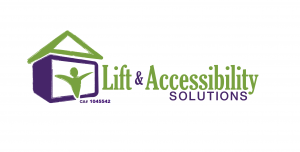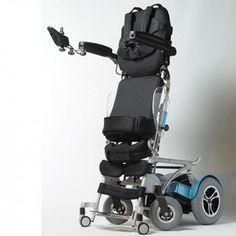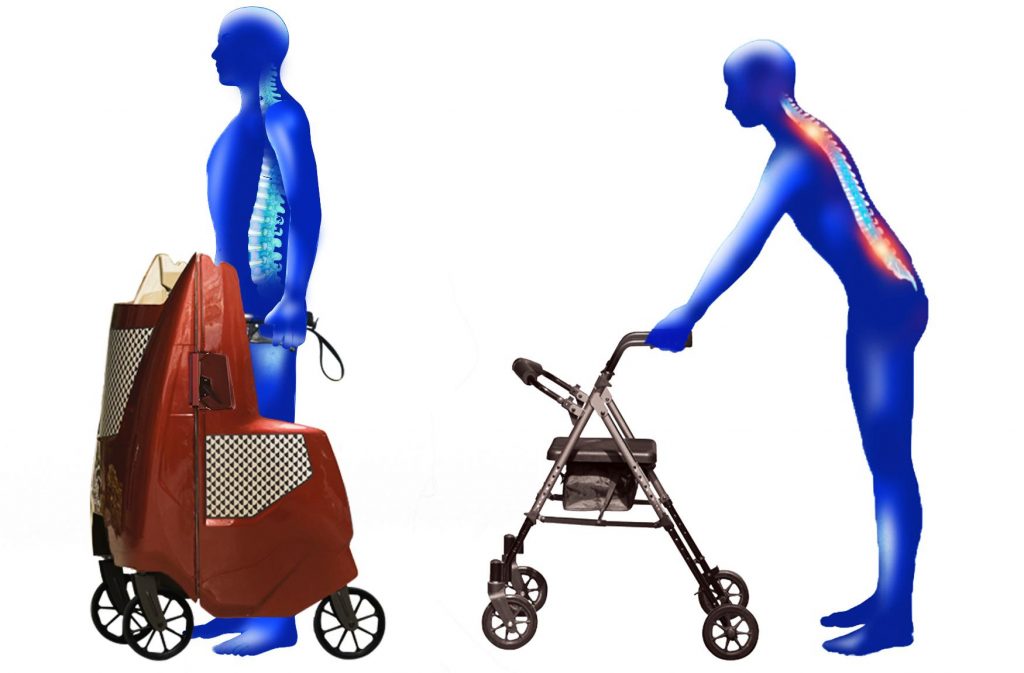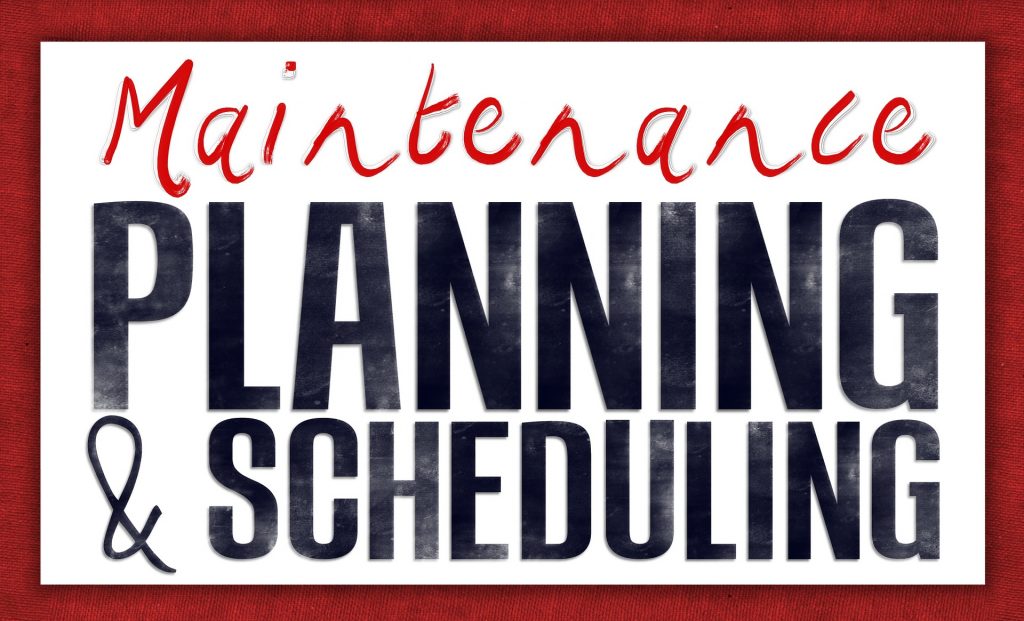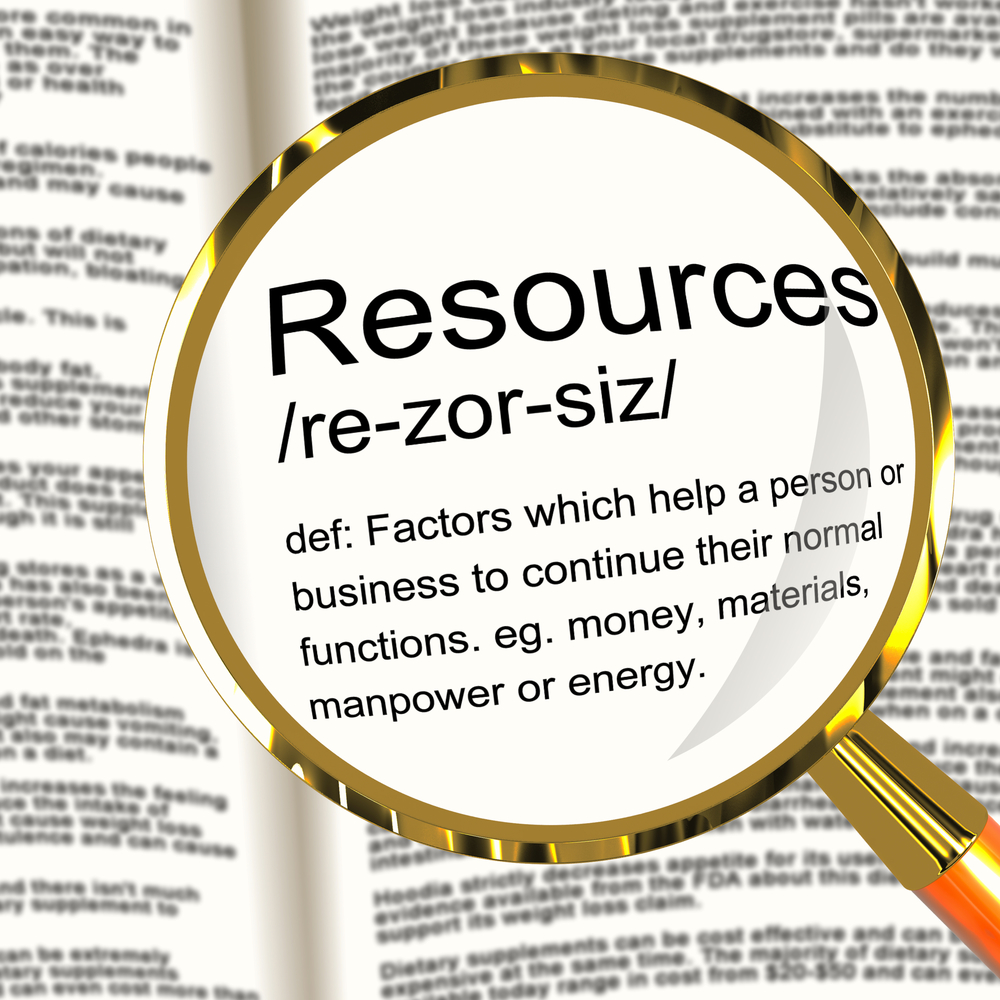06 Nov 2017
4 Ways to Prevent Holiday Depression in Seniors
The holiday season can be stressful, especially for seniors. As we get older, families become busy with their daily lives and together time is often overlooked. In many cases, the holidays become a time of depression for seniors, who may have lost loved ones, suffer from chronic health issues, or are unable to travel to visit friends or family.
Fortunately, we can take steps to prevent holiday depression for seniors. With a little awareness and compassion, we can turn this time of year back into a cheerful memory for our elderly loved ones and better our lives as well. Caregivers in senior-care facilities can also play a big part of alleviating holiday depression in seniors.
4 Ways to Prevent Holiday Depression in Seniors
-
Look Out for Signs of Depression
The first step to preventing holiday depression in seniors is knowing what to look out for. While it’s natural to feel a little blue during the holidays, there is a big difference between temporary sadness and depression.
Be on the lookout for symptoms of depression, like change in appetite or sleeping patterns, fatigue or lack of interest in activities your loved one previously enjoyed. To help gauge their depression, use the Geriatric Depression Scale – a list of yes or no questions that can help you determine the level of depression your family member or tenant may be suffering from.
-
Plan Outings and Activities
In many cases, senior depression comes about by not having enough to do during the holidays. During a season that’s usually considered busy and cheerful, too much free time can cause seniors to feel as if they are missing out on the joy the season once brought them.
Spend some time with your family member or senior residents by planning holiday-centric activities. Drive through a light festival, make gingerbread houses or take them to complete some holiday shopping. Involve your other family members too, if they are able to join.
-
Take a Trip Down Memory Lane
If your senior loved one has recently undergone some life changes (the loss of a loved one or relocating to a care facility), they may need some perking up during the traditional season.
Encourage them to share stories from their youth about the holidays and ask them questions to keep them engaged. Look through old photo albums or home videos and share some memories of your own. Rekindling old memories can help seniors cope during this nostalgic season.
Make New Traditions
Many seniors experience sadness during the holidays due to lost traditions. In many cases, the people they may have once celebrated with are no longer here.
To help your loved one, offer trying a new tradition that everyone can enjoy, while still paying respects to those you may have lost. Building new memories will help depressed seniors find joy during what otherwise could have been a bleak season.
20 Oct 2017
Advances in Alzheimer’s Research
Alzheimer’s disease is a serious condition that affects many aging and elderly people. This disease is quite insidious, so many doctors and scientists dedicate their careers to researching the condition in an effort to eradicate it, or at least lessen the severity of it. Some of the most recent advances in Alzheimer’s research are outlined below.
New Treatments Are Being Tested
Several of the new treatment methods scientists have developed failed once they reached the phase 3 trial stage. However, that is not uncommon. New drugs are being developed all the time and improvements are being made to them as a result of those failures.
Right now there are over 120 Alzheimer’s treatments that are in clinical trials and more than 20% of them are supported by the Alzheimer’s Drug Discovery Foundation (ADDF).
Inflammation Has Become A Target Of Drug Therapy
Inflammatory responses increase with age. Since aging is the biggest risk factor for Alzheimer’s disease, it stands to reason that inflammation is associated with cognitive decline in people with Alzheimer’s disease. Those who study Alzheimer’s know that inflammation in the brain damages neurons and contributes to the condition. Scientists are now developing medications that specifically target inflammation to help reduce the negative effects it has on the brain and the progression of the disease.
The Breakthrough of Epigenetics
Epigenetics is the study of the idea that environmental factors not only affect the health of a person who is exposed to them, but affect the health of the person’s descendants as well. Epigenetic treatments are designed to alter how much genes work. Last year, clinical trials for the first epigenetic treatments for neurodegenerative diseases entered clinical trials. The developments in this area will help doctors see epigenetic changes in the brain and determine how effective drug treatments are.
Physical Activity and Dietary Elements
Not all Alzheimer’s research is drug-based. Other research has indicated that changes in physical activity and diet can have a profound effect can help to maintain cognitive ability and reduce the risk of dementia in the elderly. Increased physical activity and adding Vitamin D and antioxidant- rich foods such as walnuts benefit brain function.
06 Oct 2017
3 Benefits of Standing Wheelchairs
For those who have limited mobility, a wheelchair is often times the only solution for difficult days. While some people need a wheelchair all the time, others can walk for short periods of time such as those with Multiple Sceloris. Other times the use of a wheelchair is temporary while recovering from a stroke. Fortunately, in today’s world the advancements in science gives people with disabilities several options for comfort as well as a healthy productive life. One such advancement that those with mobility issues have seen is that of the standing wheelchair. At first glance, the term standing wheelchair may seem like an unusual concept, we’re so used to the traditional sitting wheelchair. However, the standing wheelchair is a real benefit for its users. Here is why it’s such a great product.
Good for your health
According to the Mayo Clinic, sitting for extended periods is not good for your health. In fact it contributes to metabolic syndrome, high blood sugar, high blood pressure, and more. The standing wheelchair allows users to change from a sitting position to an upright one by the use of hydraulic-powered mechanisms thereby improving their health.
Change of scenery
The upright wheelchair allows riders to change their position to enjoy scenery they may not otherwise have seen sitting down. In addition, if there is something they need to reach, they can easily press a button and the chair will lift them to a standing position thus allowing them to get access to whatever item they need.
Enhances social interactions
Often times when people in wheelchairs meet friends or acquaintances, it can be difficult to interact socially. The person in the wheelchair may feel awkward or inferior having to look up the whole time. There is something so empowering for the disabled person to be able to be upright and have a face to face conversation with friends. The standing wheelchair encourages social bonding by allowing both parties to have closer contact with each other.
The standing wheelchair is a comfortable innovation that brings the user many benefits. Enhance your overall well-being with this unique product. The powerful motor does the work while you lean comfortably on wide cushioned armrests. Most designs are convenient to tote around with easy folding and storage options. Adjustable armrests and leg rest options come with many models. Enjoy the freedom of being able to stand up whenever you like with the standing wheelchair.
Adaptive archery is just like regular archery. The athlete uses a bow to aim and propel an arrow to hit a target. Archery is an adaptable sport, and people of all ages, genders and abilities can participate. Archery athletes with various physical or cognitive impairments can easily compete alongside other athletes.
Benefits of Competing in Adaptive Archery
Participation and competition in adaptive archery can be a way for athletes to be active and socialize. It can be an opportunity to learn something new and a way for athletes to spend time with others who have similar impairment issues or no impairment issues at all. Athletes must learn not only the fundamentals of the sport, but also how these fundamentals apply to them. For individuals who aspire to do more, there may be the option of making a U.S. Paralympic or World Championship Team.
Equipment Options
When selecting a bow there are two choices: recurve and compound. Both styles of bow offer advantages and disadvantages, and both options can be modified for use by adaptive athletes.
Recurve Bows
A recurve bow, also known as a traditional bow, consists of a single bow body and a string that connects to the ends of the body. This is a very simple and effective design. When starting out in the sport of archery, it is recommended to begin with a recurve bow. Modern recurve bows are made from fiberglass or carbon for strength and durability.
Compound Bows
Compound bows feature an updated, more modern, design. The bow body is smaller and constructed from aluminum or carbon fiber. Pulleys are located on the ends of the body and strings are run through the pulleys. The pulley system requires less strength to use the bow, while also delivering more power in the delivery.
How to Make Archery Adaptive
For prospective archers, it is necessary to work with a trainer who can assess their ability and skill level and create a teaching and training plan structured to fit the individual’s needs. Specialized equipment may be necessary in order to train and compete. A bow can be modified to make it possible for easy operation by an adaptive athlete.
Getting Started in Adaptive Archery
Training and practicing can be a fun activity for adaptive athletes interested in archery. Learning the proper techniques and skills can build discipline and self esteem. This is an activity adaptive athletes can learn and practice alongside other athletes of different abilities and skill levels. This can create understanding and give the athletes something they can learn more about and grow into. In some cases, athletes can go on to compete.
15 Sep 2017
Discover the Wonders of the Upright Walker
Over six million people in the United States need to use some type of assistive device to help with mobility. It’s not only the elderly who often need the aid of a walker, wheelchair, or cane. Many young and middle-aged individuals face health issues that make walking unassisted difficult. Multiple sclerosis, Parkinson’s, and Fibromyalgia are a few of the disorders that affect people’s ability to walk. With the advancements in technology and science, strides have been made in aiding people with disabilities. One such advancement is that of the upright walker. This newer product gives people another option for getting around gracefully. Let’s take a closer look at some of the details of the upright walker.
Helps you stand up tall
Traditional walkers are constructed to reach right about the waist level. When using a traditional walker, you set it right in front of you and step behind it. This means you must stoop over and lean down into the walker to walk. The upright walker got its name in part because it helps the user stand upright when walking. The handles are elevated to a height that allows people to have the walker at a comfortable height. People have the ability to look straight ahead instead of down at the pavement. This makes them more safe and comfortable.
Framework for the upright walker provides safety
The framework of the upright walker surrounds the user on both sides and allows for a footstep of room. This means as people move forward, they are boxed in on each side for their entire movement. With traditional walkers the frame is set in front of you so that if you stumble to the side for any reason, there is nothing next to you. The upright walker is beside you every step of the way. If you would stumble to the side, you would have the support of the framework on both sides to help balance you.
Shock absorbers and brakes
The upright walker is somewhat like a bike with mini tires and shock absorbers. This helps move you along bumpy terrain without all the jostling. Uneven surfaces are no problem with the use of an upright walker. In addition, you grip handles with brakes that extend from the armrests. If you need to stop yourself from moving along or you’re going down a slight hill and need some brake power, you will have it at your fingertips.
Discover the ease and comfort of walking with the upright walker. Whether you need to go around the block or to the mailbox, using this innovative product will make walking so much easier.
As family members age, you may be faced with the task of installing a wheelchair or accessibility ramp in their home – or, perhaps, in your own. In order to ensure that the ramp is completely safe for your loved one’s use, there are several things you should consider. With some careful planning, you should be able to avoid common roadblocks that can occur when building an accessibility ramp or deck.
Space Limitations
Limited space is one of the biggest complications you may encounter. Whether it’s due to trees, other structures or simply the fact that there is not much room available, limited space can make ramp construction a bit more difficult. The best way to work around this problem is by constructing a U-shaped or L-shaped ramp, so as to accommodate more ramp length in a smaller space.
Building Codes
The building codes in place for accessibility are stricter for commercial buildings than for residential, but there still may be requirements from your HOA or local laws. Be sure to look into them before you start construction, so that you aren’t caught with a ramp that doesn’t adhere to safety standards and codes.
Ramp Slope & Platforms
The standard for ramp slope is 1:12, meaning that for every one foot of elevation you will need 12 feet of ramp length. You may prefer a slope of 1:14 or even 1:16 for a gentler rise, depending on the health and strength of your loved one. Also bear in mind that you cannot have a ramp run of more than 30 feet without a flat platform for rest, which needs to also be 60” x 60” if the ramp changes directions after that platform.
Handrails & Materials
With ramps that have a rise over six inches or that are longer than 72 inches, it’s recommended that you install handrails. Remember that you must have at least three feet (36 inches) of clear ramp between the handrails to accommodate a wheelchair! Also, it’s advised that you select nonskid and weatherproof materials for any ramps that will be exposed to outdoor elements.
By knowing these potential pitfalls ahead of time, hopefully you will be able to successfully construct and install a safe and sturdy accessibility ramp or deck. If you have more questions, or if you’d like to learn about the ramp options we offer, contact us today!
Overhead lifts are an excellent tool for assisting temporary or permanently disabled individuals and their caregivers throughout their day. These lifts allow a single caregiver to assist in moving a patient or family member alone without the need of a team to lift them. It is very important to keep these lifts in top working order so a routine of checks and maintenance will extend their life for years.
When it comes to general maintenance there are checks that should be taken each time the system is used. Most lift systems will have a lift maintenance counter that will help to remind you of the importance of regular checks to ensure the safety of all involved.
Additionally there are monthly and yearly checks that should be done as well to ensure the system is in proper working order for the long term.
Before Each Use
Conduct a visual inspection of the ceiling lift and track to be sure it is suitable for use. If any part of your visual inspection fails, do not use the lift. Check the following:
- Ensure the lift tape has no fraying
- Inspect the lift tape stitching, for no signs of fraying
- Inspect the sling for any signs of fraying, tearing or wear
- Ensure the air tubes are properly connected nor kinked or damaged
- Inspect the hand controller, testing all buttons
- Visually inspect the tracks
- Check for cuts, dents, or sharp edges on the carry bar
- Confirm that the end caps are in place
Monthly Checks
There are several things that you should inspect every month as well. Make a thorough inspection of each of the suggested daily steps.
- Remove the sling from the lift.
- Inspect that the lift moves freely and smoothly around the entire track
Yearly Check
Yearly checks should be done by qualified technicians. In the case of heavier clients, it is suggested that you conduct yearly checks semi-annually.
- All steps of Daily Use and Monthly checks should be observed
- A Ceiling Lift test should be passed and any repairs should be addressed and completed
Should problems arise or if you ever discover issues in your lift systems in any of the daily, monthly or yearly checks, you should immediately cease use and operation and contact your authorized dealer for service.
If you have any issues or concerns with your overhead lift please contact us, and we will be more than happy to assist you.
16 Aug 2017
Experiencing Depression as a Senior
It is believed that around 25% of all seniors will suffer from depression at some point – a higher proportion than the rest of the adult population. Thankfully, as a society we are becoming more comfortable talking about mental illness generally and depression specifically – so knowing what the signs are, and steps that can be taken to address possible depression can be useful if you think you or a loved one may be suffering from this illness.
What Is Depression?
While all of us are likely to experience feelings of sadness at different points in life, depression differs in that these feelings typically last for longer than two weeks and can impact everyday functioning. The DSM-5 measure classifies depression as experiencing at least five symptoms for an extended period of time from a list of issues such as daily fatigue, insomnia, diminished interest in all activities and feelings of worthlessness.
Why Is Depression Prevalent In The Senior Population?
There are many factors that may contribute to increased risk of depression in the senior population. There are some life changes that occur with aging that may trigger feelings of depression – losses of various kinds: from the death of a loved one, to the loss of physical abilities and associated freedoms, to the loss of social support systems. With the changes in family structure, and grown children being more geographically dispersed, there is a greater chance of an elderly person living in isolation and experiencing loneliness and depression as a result. With the onset of other illnesses, depression may be more likely to occur either as a result of the illness itself or as a side-effect of drugs used to treat the primary issue.
Options To Treat Depression
If you think you or a loved one may be suffering from depression, a good first step is to discuss your concerns with your Primary Care Physician. There may be changes that can be made to an existing treatment plan that could alleviate the symptoms being experienced, along with other treatments such as counseling and psychotherapy, or medication to specifically address depression.
Along with medical interventions, building a support system can be very helpful for someone suffering from depression. Finding strategies to keep in contact with the outside world can be beneficial, be that by meeting up with friends, joining special interest groups with people who share similar interests, or volunteering. It’s important to know that you are not alone, and that help is out there.
One of the best ways to keep in a positive mindset is to be active in recreational or sports activities. Both children and adults can stay healthy mentally and physically as they gain self confidence as well as muscle strength and coordination from these activities. Have you wanted to try out adaptive cycling, wheelchair basketball or even adaptive surfing but have no idea where to begin looking?
Where To Start With Adaptive Sports
All across the country there are many communities that are home to organizations designed to provide activities to people with cognitive and physical needs. Some cities offer these programs through their local Park and Recreation services or local hospitals as well as organizations that are established and run independently.
Community programs often offer varieties of recreational and sports activities for all level of abilities. Often no experience is required for most programs unless they are advanced classes. Many of these organisations are also able to provide adaptive equipment for practice and learning.
Don’t Be Daunted
Participation can at first be a daunting thing, as newcomers to adaptive sports need to overcome the mental doubts they may have concerning what they can achieve in time. As they begin to excel at adaptive sports, the emotional boost from success can provide distractions from the stress of daily life. Team sports also promote a sense of camaraderie, competitiveness and teamwork.
Each year thousands and thousands of adults and children with disabilities take part in programs to learn about adaptive sports. With the help of volunteers and the right adaptive equipment, there is a sport for almost anyone with a cognitive, emotional or physical disability willing to give these activities a try.
With several options out there, it is strongly suggested that people try more than one sport and group. With trial and error, patience and persistence you will find that sport that you love.
The following is a list of some organisations that can help you get a start in exploring adaptive sports options. This list is by no means complete, but it is a good start for anyone desiring to learn more about adaptive sports.
YMCA Clubs Clubs
http://www.ymca.net/find-your-y/
Boys & Girls Clubs
http://www.bgca.org/whoweare/Pages/FindaClub.aspx
Children’s Hemiplegia and Stroke Association
Sports Club Finder
https://www.va.gov/adaptivesports/va_clubFinder.asp
National Center on Physical Activity and Disability
“Access Anything: I Can Do That!”
National Sports Center for the Disabled
(303) 293-5711
26 Jul 2017
Giving Yourself a Lift: How Installing a Dumbwaiter Can Facilitate Your Independent Living
As you age, it gets a little harder to do things that you used to be able to do without thinking. Climbing stairs, maintaining your balance while walking, and reading fine print definitely make life harder, but there are ways of compensating for that like a walker, railings and chairlifts, and bifocals and reading glasses. The real struggle for many seniors though is lifting or carrying weight that used to be easy for you to shift on your own, but now feels far heavier than it used to. Unloading groceries from the car and carrying them up from the garage to the kitchen or moving laundry from the second floor to the first or your basement leaves you feeling like you just made a round trip to the peak of Mount Everest and back. Downsizing to a one-story house and moving your whole life to a new place seems even more complicated, expensive, and inconvenient, so what should you do?
Dumbwaiter Is A Solution
One solution that many senior citizens find particularly effective is to install a dumbwaiter in their home to automate carrying things to different floors. A dumbwaiter is like a small enclosed elevator for transferring household items safely and easily. Simply load whatever needs to be transferred to a different floor into the dumbwaiter, close it up, then go upstairs or downstairs and have it lifted or lowered directly to you. No more worrying about losing your balance while carrying a laundry basket or bags of groceries on the stairs, and no more straining on your own or having to ask for help every time you need to bring groceries in or run a load of washing.
Cost Considerations
Installing a dumbwaiter allows you to live independently in your own home without the need for uprooting your life and moving into a smaller, more convenient home. It may seem like a significant expense given what is involved in the proper installation and setup for a dumbwaiter, but considering the statistic that selling your home and buying a new home often costs in excess of $25,000 in realtor fees alone, the cost of installing a dumbwaiter is significantly less than moving costs. It also allows you to stay in the home where you have probably spent the majority of your life and planned to stay in permanently.
If you are struggling with the day to day tasks of independent living such as carrying items up and down stairs or getting around while carrying things in your home, you should definitely set up a consultation for dumbwaiter installation. There is no reason to upend your life when a simple and effective solution will let you stay independent and in your own home.
